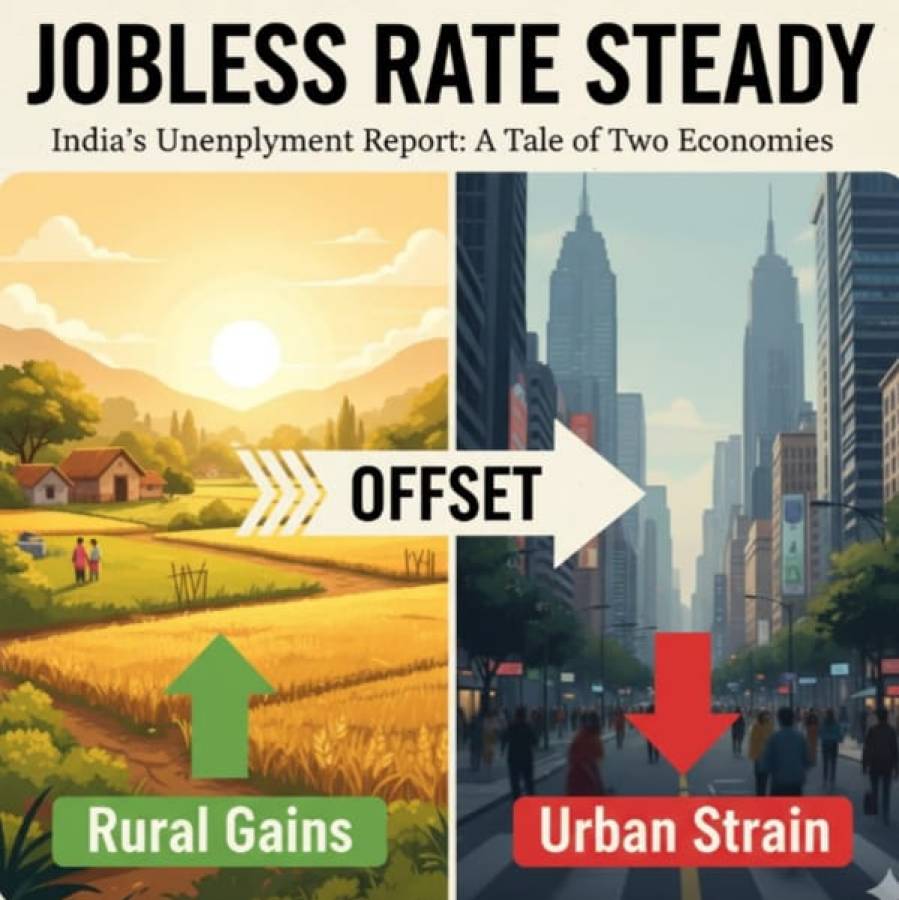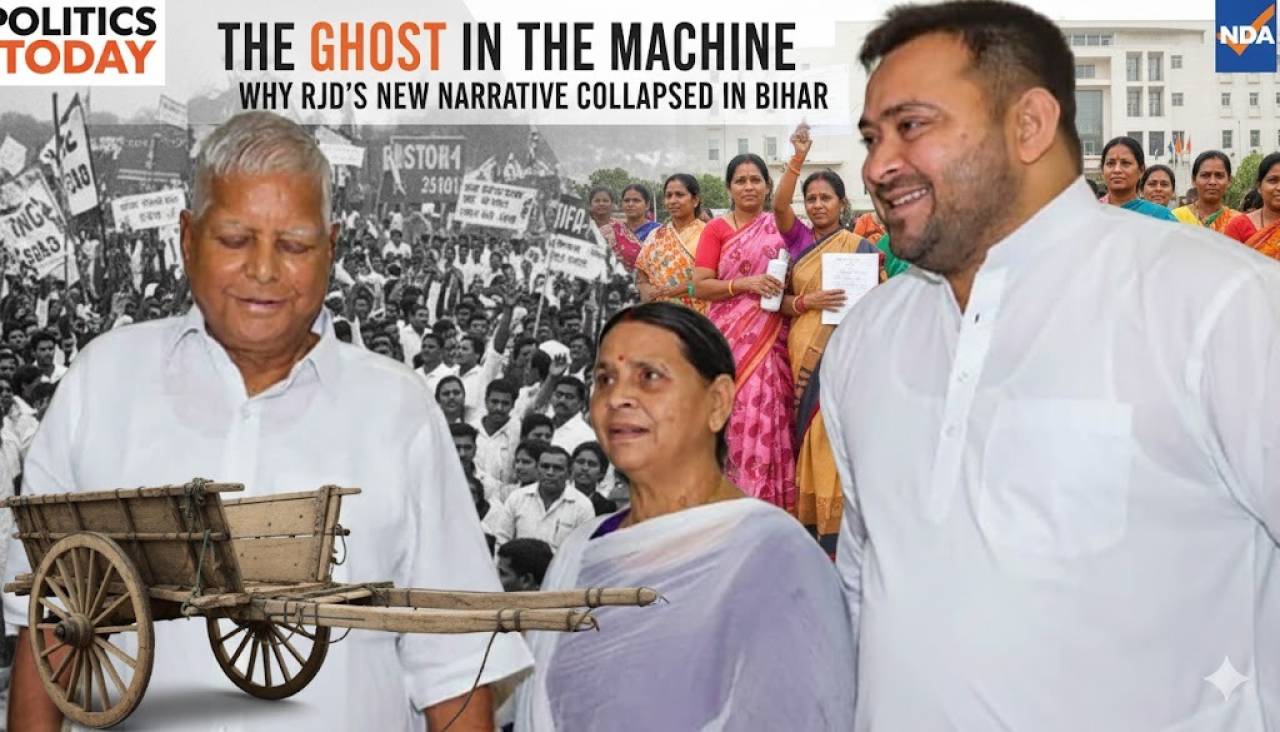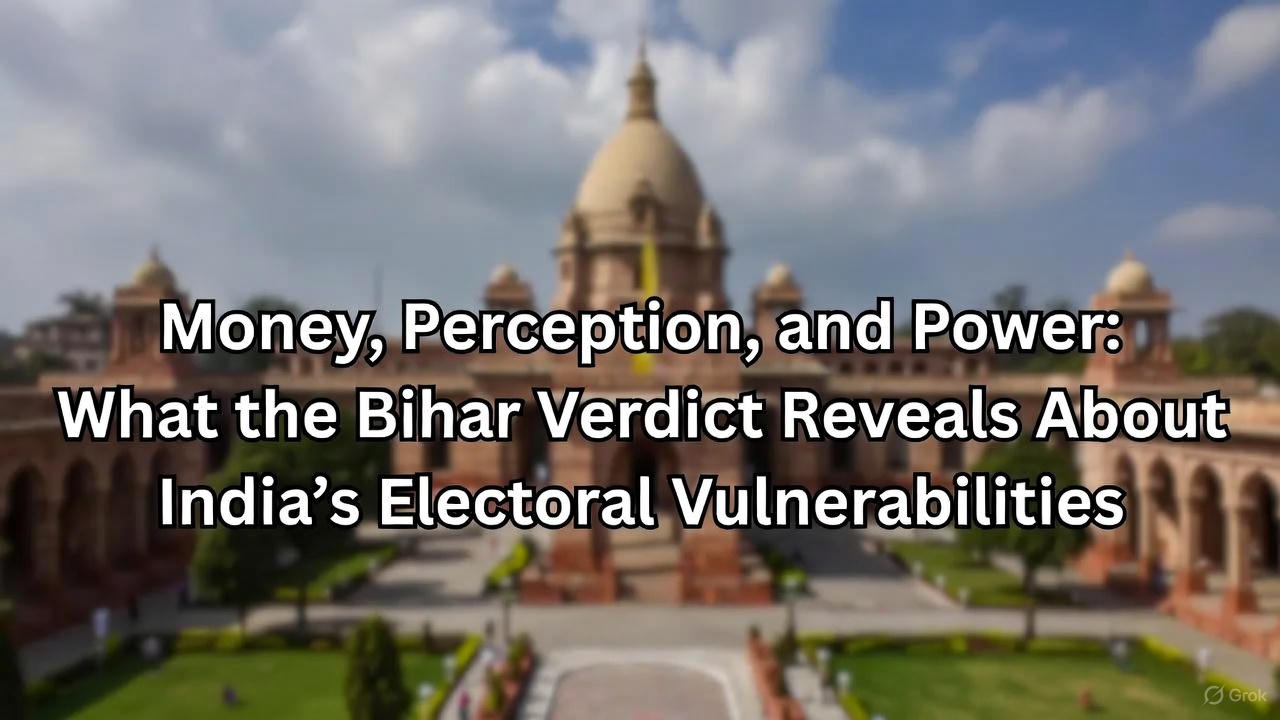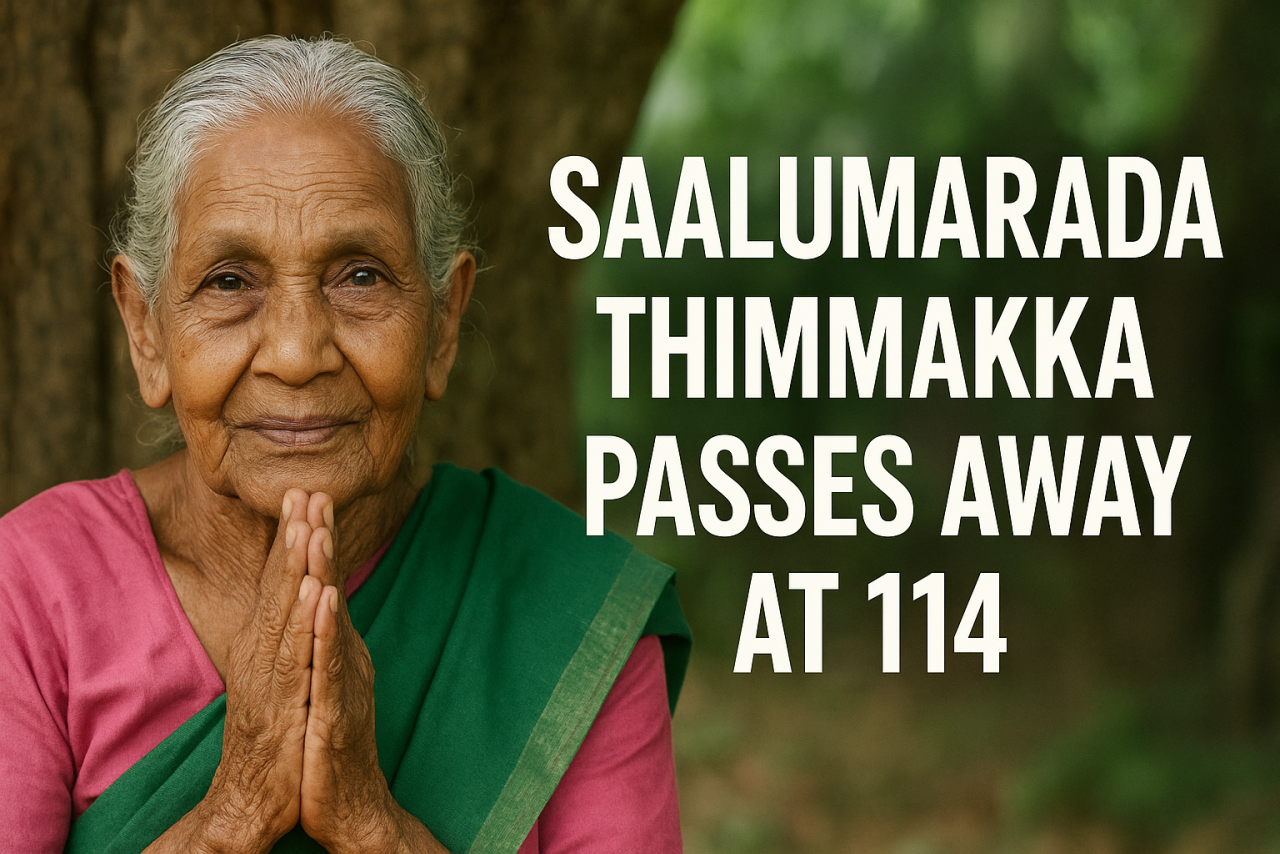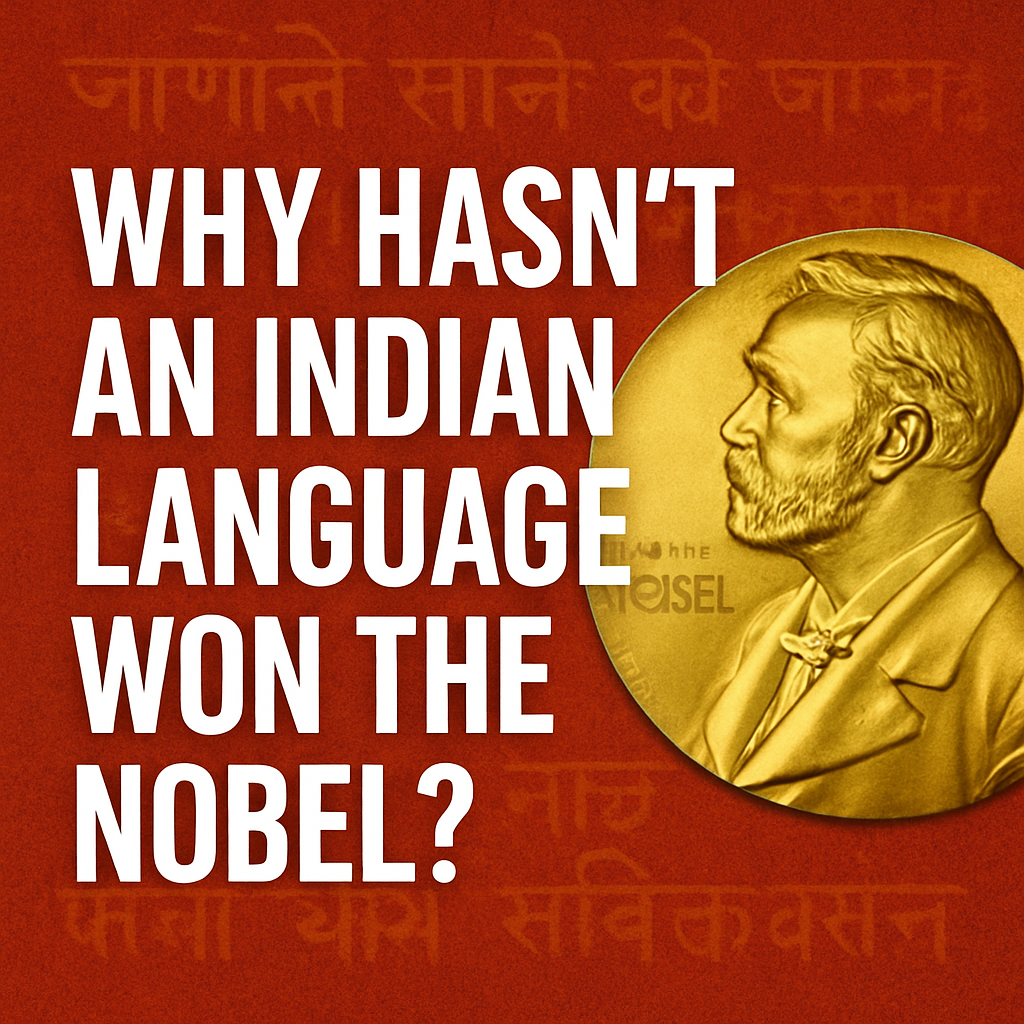
India is a linguistic superpower. With 22 officially recognized languages and over 19,500 dialects spoken across its vast geography, the average Indian is functionally multilingual—often fluent in at least three languages: their mother tongue, a regional or national language like Hindi, and an international medium like English. This polyglot proficiency should, in theory, provide Indians with cognitive, cultural, and creative advantages. Yet despite this rich linguistic heritage, India has remained conspicuously absent from the Nobel Prize roster in literature, especially for works in Indian languages. The disconnect between linguistic abundance and global literary recognition invites a closer academic exploration.
Linguistic Diversity as a Cultural Strength
India’s Constitution recognizes 22 languages under the Eighth Schedule, including Hindi, Tamil, Bengali, Urdu, and Sanskrit, among others. According to the Census 2011, more than 121 languages are spoken by over 10,000 people each. A 2019 study by Ethnologue lists India as the second-most linguistically diverse country in the world after Papua New Guinea.
This multilingualism fosters a rich tapestry of oral and written traditions. From the epics of Valmiki and Vyasa to the modern poetry of Rabindranath Tagore, Indian languages have long served as vessels for deep philosophical thought, moral inquiry, and aesthetic expression. Indians often grow up navigating between at least three linguistic identities—cultural (mother tongue), civic (state or national language), and global (usually English). This layering of language enables nuanced perspectives and should, ideally, foster globally competitive literature.
Tagore’s Nobel: A Historical Exception
Rabindranath Tagore remains India’s sole Nobel Laureate in literature, winning the prize in 1913 for his work Gitanjali. However, it's crucial to note that he won not for a Bengali manuscript but for his own English translation, which catered to the literary tastes of the West. This historical footnote raises a critical point: Indian languages have rarely been evaluated on their own merit on the global stage. Tagore’s win was less a validation of Bengali literature and more a nod to its Anglicized version.
The Language Barrier in Global Recognition
Despite India's intellectual and artistic output, most literary works in Indian languages suffer from a lack of visibility due to inadequate translation infrastructure. English remains the language of global literary evaluation, and many Indian works either remain untranslated or suffer from poor translations that fail to capture linguistic nuance or cultural context. For instance, while writers like Premchand in Hindi or Thakazhi Sivasankara Pillai in Malayalam have shaped Indian literature, their international reach is minimal.
Moreover, the Nobel Committee traditionally leans towards European languages. Between 1901 and 2023, over 80% of Literature Nobel Prizes have gone to works originally written in English, French, German, or Spanish. Very few recipients have represented Asia, and fewer still have written in Asian languages.
The Hegemony of English in Indian Academia
India’s colonial legacy has institutionalized English as the medium of higher education and elite discourse. Consequently, Indian authors writing in English—like Salman Rushdie, Arundhati Roy, or Jhumpa Lahiri—have gained more international acclaim than their counterparts writing in Indian languages. While this has increased India’s literary visibility, it has also skewed the global narrative, leaving vernacular voices underrepresented.
Furthermore, institutions and government bodies have often failed to aggressively promote Indian languages internationally. The Sahitya Akademi and National Book Trust have limited global partnerships, and translations rarely get the kind of distribution or marketing that European works enjoy. This institutional apathy constrains the global competitiveness of Indian literature.
Towards a Linguistic Renaissance
The path to literary Nobel recognition for Indian languages requires systemic reforms. First, a national translation mission must be adequately funded and professionally staffed to bring regional masterpieces into high-quality English and other world languages. Second, Indian literary festivals, such as the Jaipur Literature Festival, should feature more sessions in Indian languages with international translators and publishers in attendance. Finally, Indian universities must reintegrate Indian languages into mainstream academic discourse, rather than relegating them to departments of “vernacular studies.”
Final Take
India’s multilingualism is not a weakness but a potential cultural superpower. The failure to secure Nobel recognition in literature stems not from any lack in the depth or quality of Indian languages, but from systemic neglect in translation, global marketing, and institutional prioritization. By actively bridging these gaps, India can ensure that its rich linguistic legacy earns the global laurels it so richly deserves.




